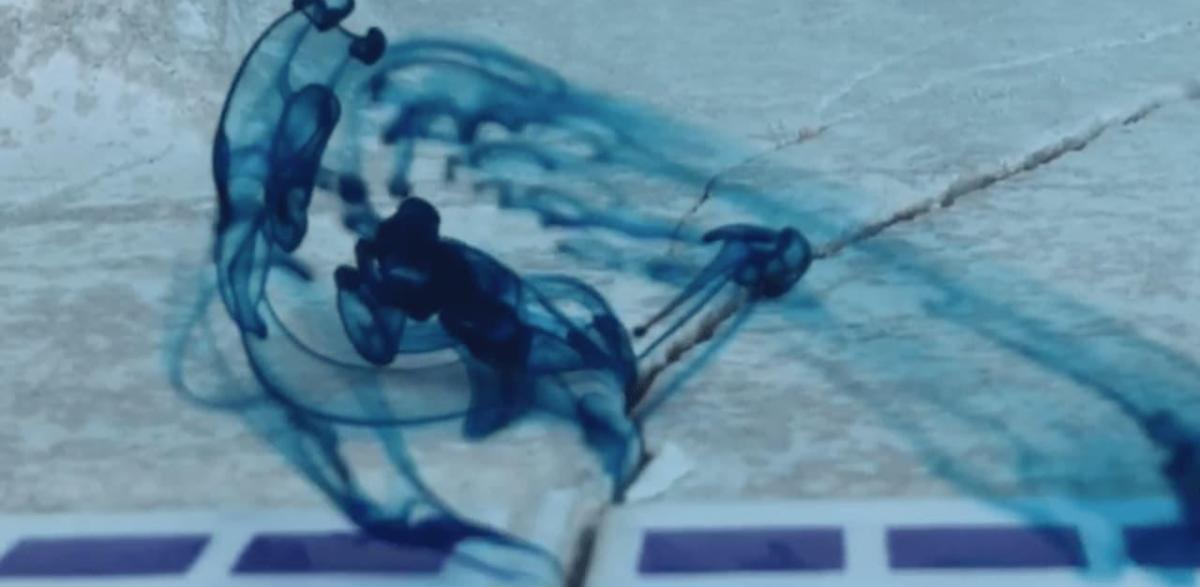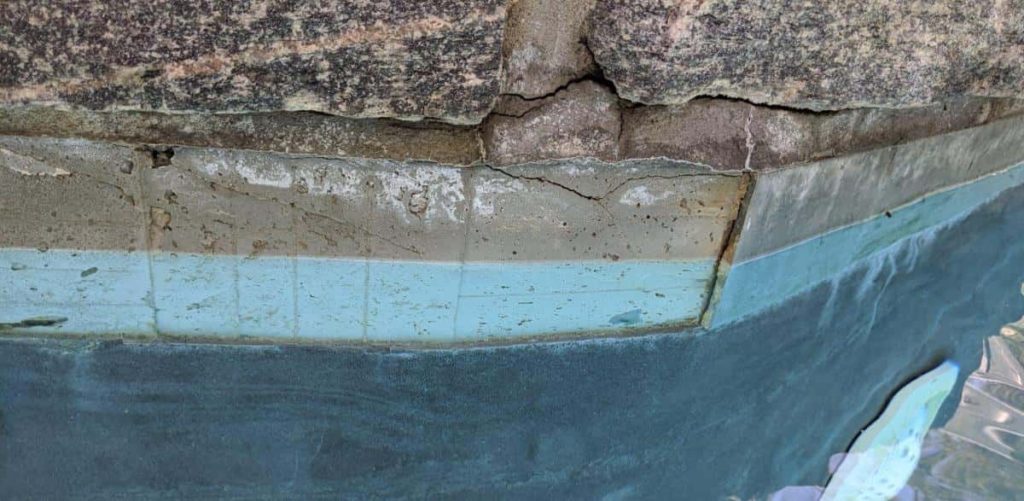Why is My Pool Losing Water? Steps to Diagnose Evaporation or a Pool Leak

During a swim season, losing water is pretty normal. There are tons of factors that contribute to water loss.
If you notice your pool losing more water than normal, that can cause concern.
Let’s dive into some issues that cause water loss and determine if it is a natural evaporation of water or structural damage to the pool.
How Much Water Loss in a Pool is Normal?
Your pool losing water daily is not a surprise. On average, swimming pools can lose about a quarter of an inch of water daily.
Temperatures of the water and outside, location, and climate greatly impact how much can be lost.
If your pool loses an inch or more of water daily, there is a good chance it has a leak.
What Causes Water Loss?
There are plenty of ways a pool can lose water over time.
- Evaporation: This is the most common reason. Evaporation is unavoidable unless you use a solar cover or another type of pool cover overnight. Evaporation increases with higher temperatures, lower humidity, and higher wind speed.
- Plants and wind: Surprisingly enough, water from your pool can be taken up by plants if they are too close to the pool. Similarly, strong winds can also blow water out of the pool.
- Splashing and spillover: If the pool is used often, water can be lost due to people splashing or water spilling over the sides. Very normal!
- Backwashing the filter: Depending on your filter type, backwashing is a normal part of pool maintenance. It involves reversing the water flow through your filter to flush out dirt and debris, which uses up much water.
- Drainage system: If the pool’s drainage system is not properly sealed, water can escape through the drainage points.
- Pool Leaks: If the water level is dropping significantly and quickly, there may be a leak in the pool. The leak could be in the pool shell itself or the plumbing system. Leaks can occur due to damage, wear and tear, or ground movement..
Determining of Water Loss is Natural or Structural
One simple method to determine whether water loss is natural or due to a leak is the bucket test.
Fill a 5-gallon bucket 3/4 full of water and mark the water level. Then place the bucket on the first or second step of the pool and mark the water level of the pool on the outside of the bucket.
After a full day, 24 hours, if the pool water level has decreased more than the water inside the bucket, there is likely a leak.
Identifying Pool Leaks
If the bucket test indicates a leak, it’s time to look for a culprit.
Identifying a leak goes beyond just noticing the pool losing water. Outward signs of a leaking pool might include:
- Wet spots are more-than-normal moisture in the yard
- An increase in the water bill if you are using an autofill
- A pool deck that has sunk or lifted and is no longer level with the coping
- Cracked or loose tiles

Determining the Location of the Leak
Finding the exact location of the leak can be challenging, but there are a couple of methods to check if you suspect one location over another.
One method is to seal the lines and see if the pool continues to lose water. Plug your return jets and skimmer lines and check if the pool still leaks. If it stops, the leak is likely in the piping. But if it continues to leak, then it’s likely in the pool structure itself.
Another way is to use a leak detection dye or pH testing phenol red and observe where the dye is drawn. Turn off the pool pump and add a few drops of dye to locations you suspect a leak is coming from. If the dye starts to move and disappears, that spot is a location of a leak.
Common Areas to Look for Pool Leaks
Unfortunately, any area of the pool that is touching the water can be a source of a leak. However, some areas are typical leaking culprits:
- Skimmer: This is a very common spot for pool leaks. Your skimmers can get damaged and wear down over time. The most likely location of the leak is where the skimmer meets the pool structure. Normally, there is excessive putty or another bonding agent on the bottom and sides of the skimmer mouth where it is connected to the pool. If that is worn down or missing, that is likely a leak location.
- Pool Lights: Light niches can degrade over time. Any area where there are open holes is susceptible to leaks. This is common when a light gets replaced and isn’t re-sealed correctly.
- Return Jets: Like pool lights, the open area around the return jet holes can wear down over some time.
- Main Drain: The main drain is usually located in the deepest part of the pool, making this leak location very difficult to determine and fix
- Pool Equipment: Pool pumps and filters can leak by failing gaskets and o-rings. Routine maintenance of your equipment can help diagnose leaks quicker.
- Tile Line and Pool Structure: This is usually fairly easy to determine. Obvious signs of cracks and fractures to the tile line and structure can be a start of a leak
- Suction and Return Piping: Another common source of leaks come from the piping of the pool itself, whether it’s the pipes sucking the water into the equipment or returning it to the pool.
Quick Fixes for a Leak
Minor leaks like small cracks or tears in a pool liner can often be repaired with a pool patch kit.
However, keep in mind that this is likely a temporary solution. The underlying issue may need to be addressed to prevent further damage.
Call a Pro
If the leak is large, in a hard-to-reach area, or you cannot find the exact location, it’s time to call a professional.
Dealing with pool leaks can be complex and if not addressed properly, can lead to significant damage and costs.
Service professionals have special tools and equipment to detect leaks and the experience to fix them efficiently.
To Leak or Not to Leak, That is the Question!
Losing water in the pool is a normal part of pool ownership.
However getting ahead of any potential leak from the pipes, equipment, or the pool itself can save a lot of money and headache.
